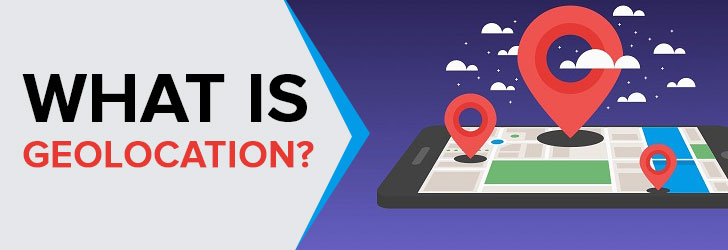
What is HTML Geolocation
HTML5 takes advantage of geolocation by building an API within the HTML language. As Hypertext Markup Language (HTML) evolved over time and reached HTML5, the focus became more on adding modern functionality to the language for more creative use of the language. Geolocation's addition to this suite allows for developers to be able to query a smart device's location through the API and effectively map a person through this means. As this feature does raise the issue of compromised privacy, it has been limited to the scope that users must give permission to their browser to use HTML5's API to share their location. On top of that, the Chrome browser, in particular, went a step further and ensured that only websites which are HTTP-Secured can make use of the API.
What is Cellular Geolocation
Cellular geolocation is performed through a series of pings with the nearest cell-tower that your cellular phone is connected to. Because of this, the accuracy of this information is not as granular or high as IP-Geolocation or HTML Geolocation. This method was developed through the Global System for Mobile communications (GSM) and Code-Division Multiple Access (CDMA) standards to help with the location of such devices.
What is IP-Geolocation
IP-Geolocation is the process of mapping a smart device with its IP Address. What this means is that so long as the device has connected to the Internet in some way and holds an IP Address, it can be physically placed on a map. As the only limitation for this is that the device in question is able to connect to the Internet through some means, virtually everything in today's modern world can be located through geolocation in one way or another. Through this, one can find the longitude and latitude of a device and place its location on a map. The accuracy of IP based geolocation is accurate to the city level, while GPS provides accuracy to a meter.
IP-Geolocation Databases
Geolocation databases function as the underlying bedrock for geolocation to exist in the modern world and while the accuracy of the coordinates may vary from database to database; it usually does mostly depend to what level of granularity is the information. Nevertheless, some of the more common databases in use for commercial uses are Ip2location, DB-IP, Webhosting, and MaxMind.
With most, if not all of these databases; an API is offered as well for developers to be able to communicate with these databases and use the information they offer. One very notable API is the W3C Geolocation API, made by the World Wide Web Consortium. This API's goal was to standardize a means of gathering geographical data which gave birth to many different modern day technologies through which this information can be gathered.
What is Geocoding
Geocoding is a process deeply tied to geolocation. In its simplest forms, IP-geolocation is the plotting of a smart device on a map while geocoding is the means of gathering a device's coordinates through other means; that device's geographical data. This geographical data used pertains to a device's city, address, and other such pieces of information and then it is used to be stored into Geographic Information Systems (GIS). This information is stored then allows us to use reverse geocoding; which is to derive a device's city, state, address, or other such geographical data, by using the device's coordinates. Basically, one should think of the GIS as a dictionary of sorts which aims to map all possible coordinates to some easy human-readable textual information that makes sense to us as opposed to two numbers.
How Geolocation Works
At the core, geolocation is set up to even before a device is issued an IP Address. The Internet Service Provider (ISP) provides an IP Address which has already been stored within some database based on that ISP's location. This database; such as ARIN's Whois database, is a means of matching contact and registration info for all internet protocol (IP) related data that has been registered with the company; such as, IP Addresses. What this basically means is that these database companies provide the necessary setup for geolocation to be successful.
Modern Applications
Technology has come a long way and is constantly evolving every day and it's no exception with geolocation. Thanks to this, geolocation has found a very strong and everyday use in today's world. RFID (radio frequency identification) tags have come about as a result of this and function as neat little devices which can be tagged to other items that have no means of connecting to the Internet. Through this, one can then geolocate these tags and their tagged objects.
Bluetooth MAC Address has also been able to be used to this end; particularly on smartphones in part with the WiFi Adapter. These two function together to refine the accuracy of the device's geolocation and provide databases with a deeper level of granularity as a result. GSM/CDMA, as well as GPS, have also been great benefactors of this technology as well; being able to consistently track your device or vehicle as they are moving. In some cases, the accuracy of these applications can be a bit off but over time and the years, their level of accuracy has most definitely improved than before and as a result; these applications have become far more commonplace.
Share this post
Leave a comment
All comments are moderated. Spammy and bot submitted comments are deleted. Please submit the comments that are helpful to others, and we'll approve your comments. A comment that includes outbound link will only be approved if the content is relevant to the topic, and has some value to our readers.

Comments (0)
No comment